Learning Environments
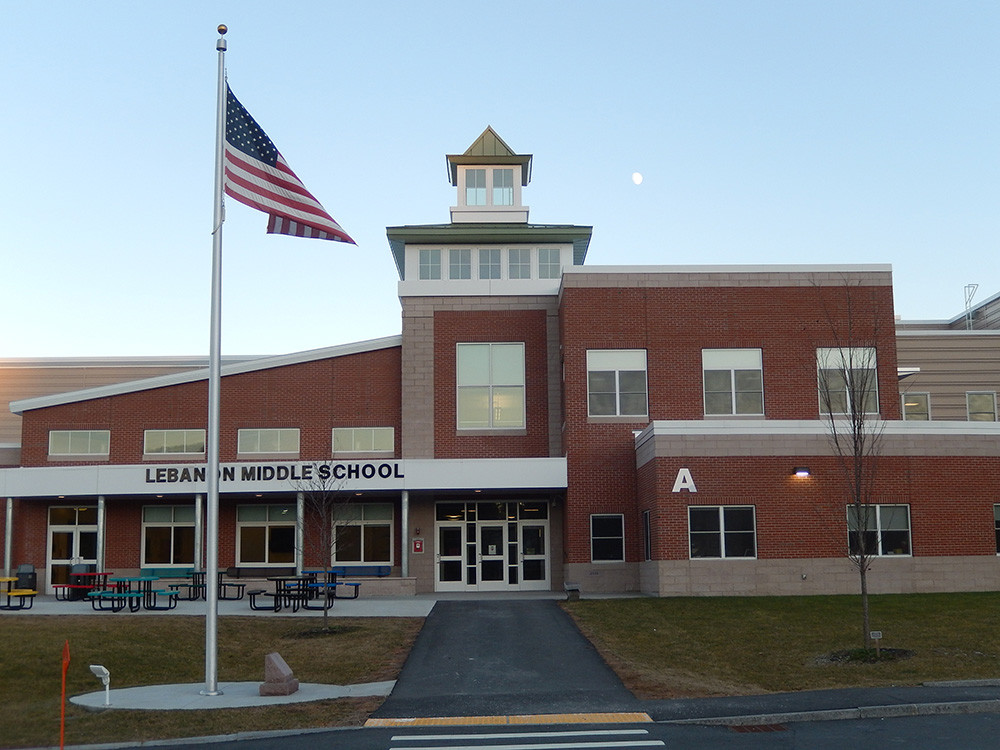
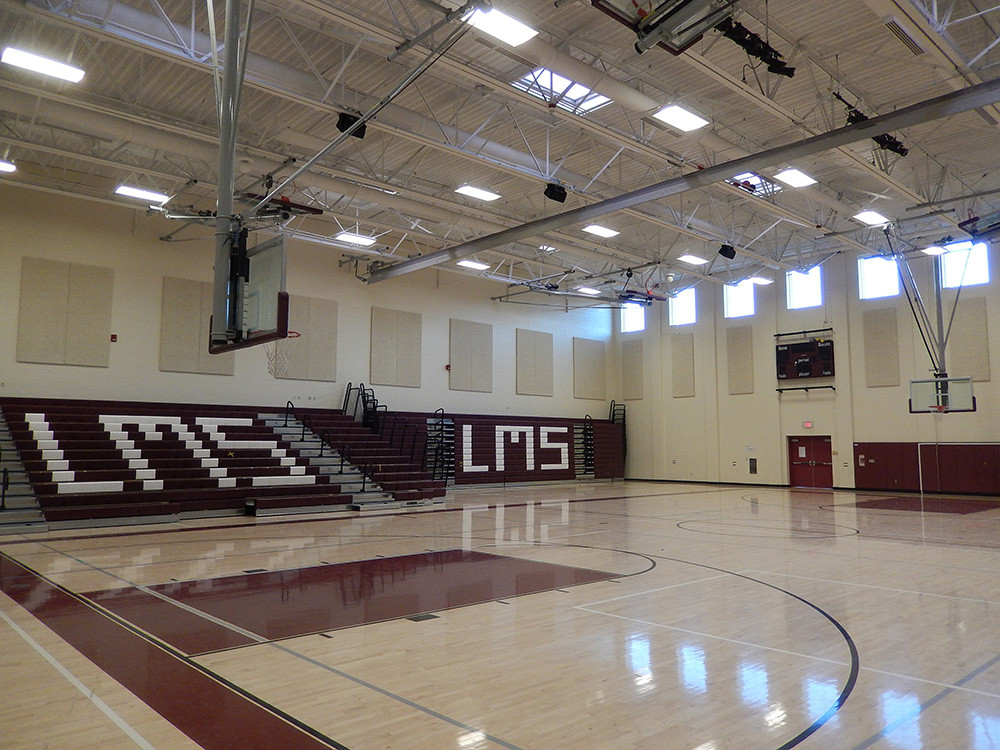
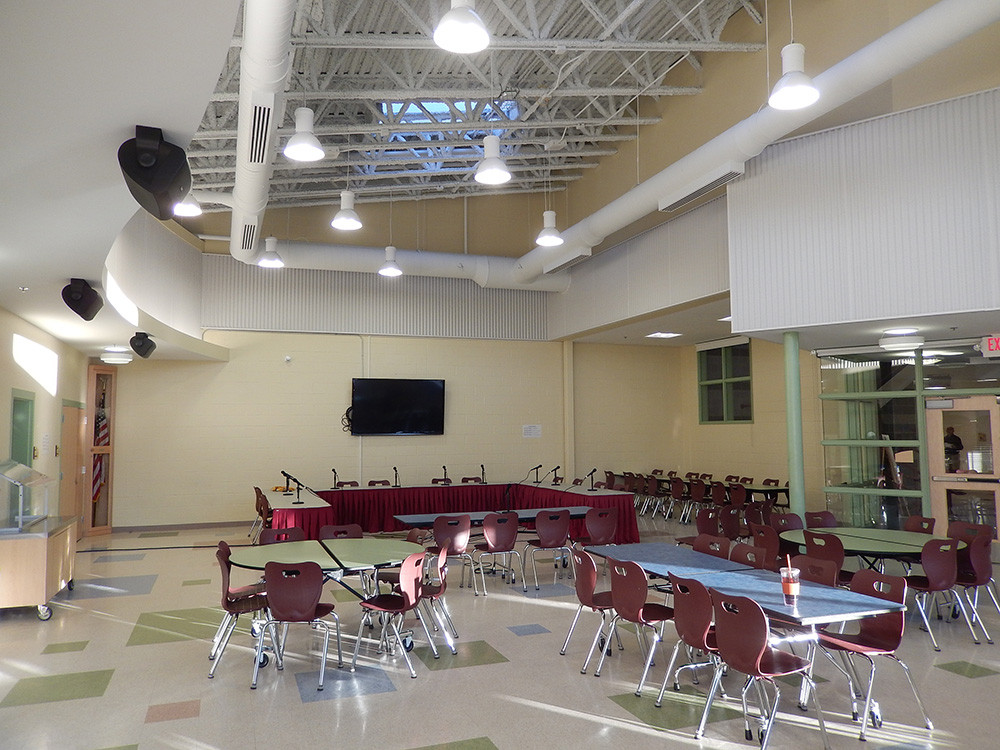
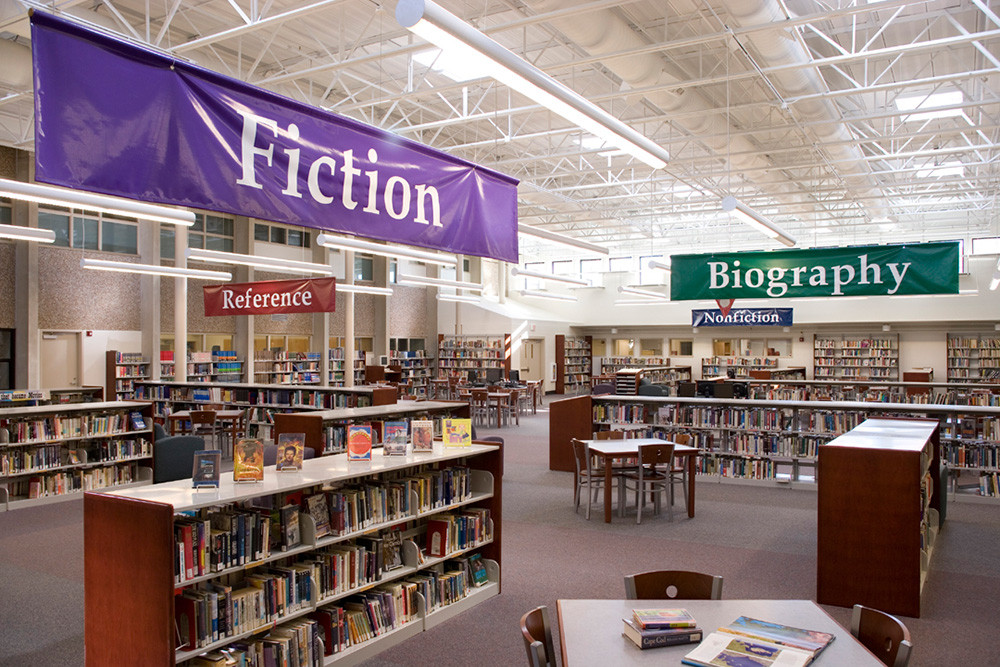
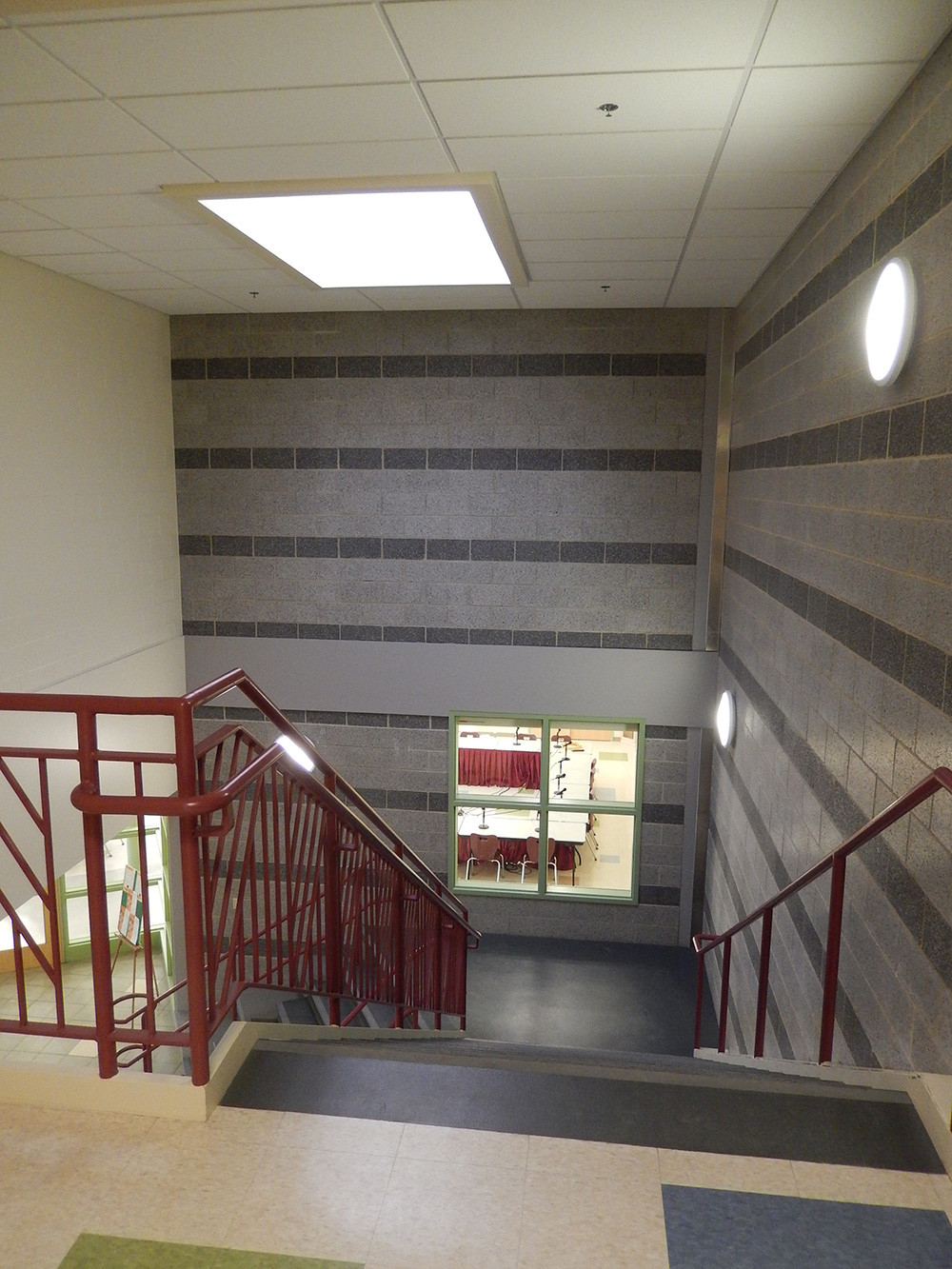
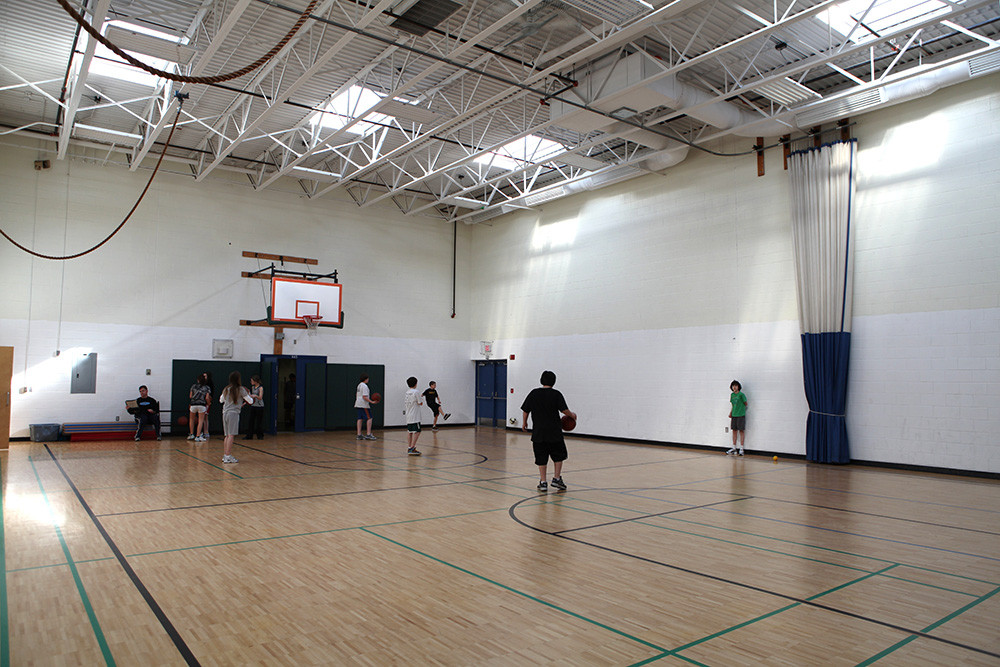
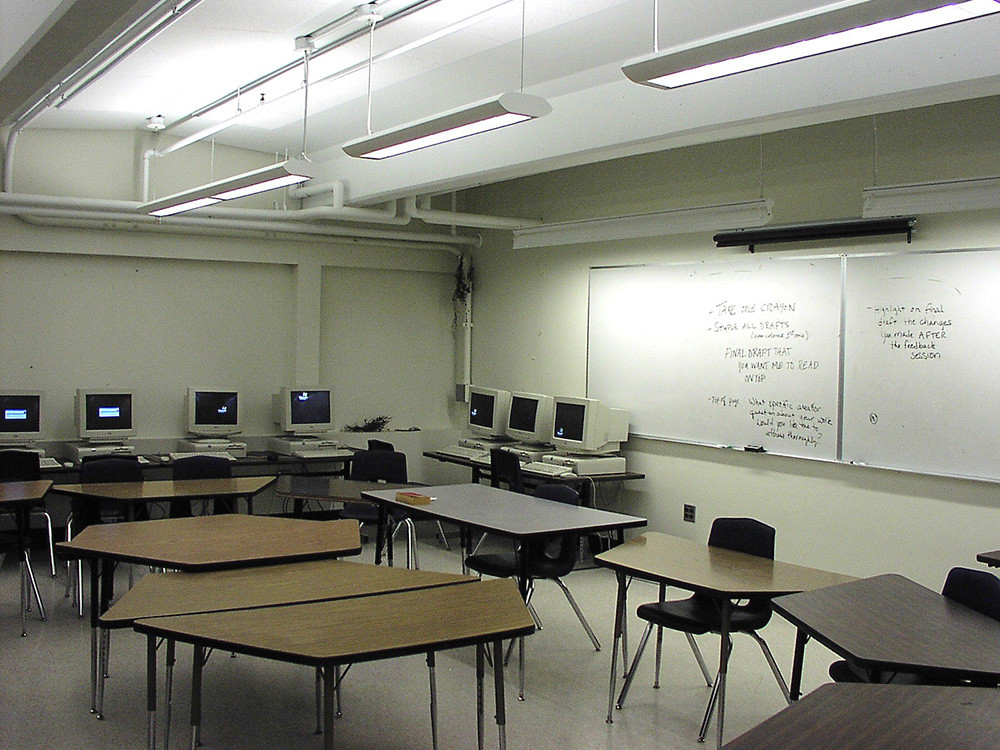
Lighting of schools is often done with great attention to initial costs. Can lighting be “high quality”, “environmentally sustainable” and cost effective all at the same time- while helping our kids do their best in school? Fortunately, this topic has received some well-deserved research in the late 1990’s, and the verdict is – Yes, under certain conditions.
The conditions include:
- Most importantly, that value is placed on the performance of children and teachers in the classroom setting.
- Second, that “cost-effectiveness” is based on life-cycle costs, and not only initial costs.
- Placing proper value on higher quality light. Some of the least cost systems have poor visual properties that can cause headache, fatigue, or a heightened sense of environmental stress. These negatives have real negative economic implications.
- Well-designed classrooms that utilize daylight effectively has been linked to improved student performance in daylit classrooms. (Heshong-Mahone, 1999) Daylighting can also be an effective way of reducing electrical energy use, particularly in hallways and large, high-ceiling spaces.
- Flexible lighting and control systems enable teachers to use the classroom effectively for multiple teaching modes as well as a teaching tool.
- Significant development of new direct/indirect luminaires specifically designed for schools provide excellent overall room brightness, which is perfect for typical classrooms.
- Computer classrooms require a different approach, much more like office lighting. Eliminating the reflection of lights and windows in computer monitors allows teachers and students both to work better with less eye strain.
- Flexible lighting is especially critical for larger assembly spaces, since lighting needs for athletic events may be quite different than weekend social functions.